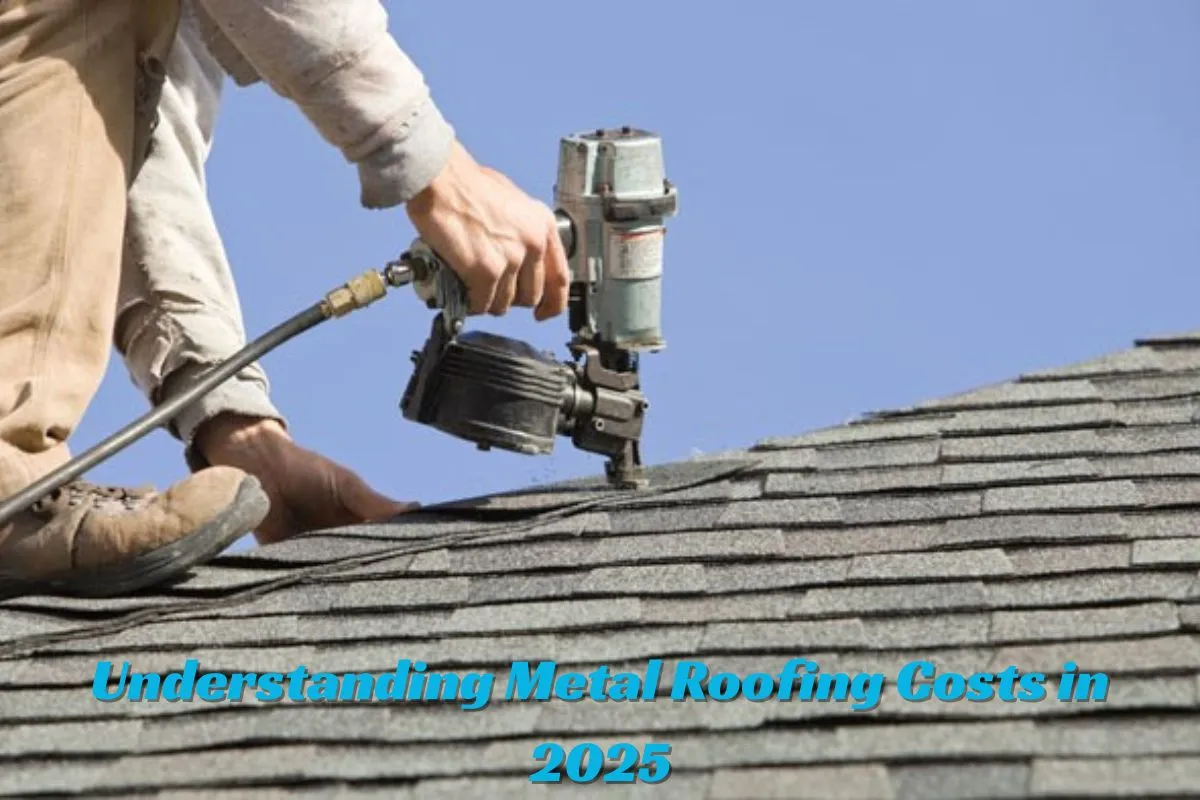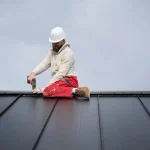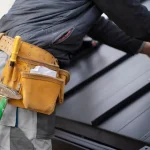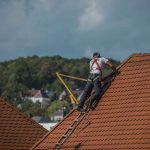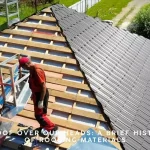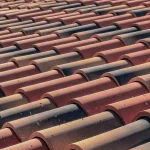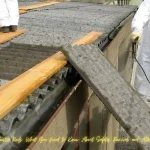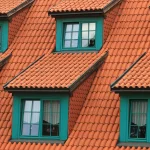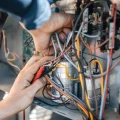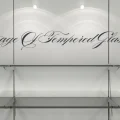Disclaimer: Steel prices are known to fluctuate, so these figures should be used as a reference only. Always check with a sales representative to get current rates before making a purchase decision. Also note: the company providing this information is a manufacturer of roofing panels, not an installer.
In 2025, metal roofing costs typically range from:
Looking for accurate, up-to-date pricing on metal roofs? You’ve come to the right place. Many sources online provide outdated cost estimates that no longer reflect recent steel market trends or current labor costs. Keystone roofing company emphasizes that since buying a new roof is a significant investment, it’s important to be informed. Although metal roofing has a higher upfront cost than asphalt shingles, it also offers greater longevity and value over time.
Basic Pricing Overview
Here are the general cost ranges for metal roofs, including both materials and installation:
- Installed costs for standing seam roofs typically run $11 – $20 per square foot, influenced by material choice and complexity.
- Installation costs for corrugated metal roofs generally range from $9 − $13 per square foot.
However, your final cost will depend on several variables such as roof size, panel type, paint finish, and installation difficulty. Let’s explore these factors in detail to help you estimate the total cost of your metal roofing project.
2025 Steel Market Trends
The price of steel is highly volatile due to shifts in global supply and demand. In recent years (2021–2023), the United States has experienced ongoing shortages of raw materials, pushing steel prices to unprecedented levels. Although this guide offers approximate cost ranges, the final pricing depends on your project’s unique requirements and current steel market conditions.
Key Factors Affecting Metal Roofing Prices:
- Type of metal used
- Panel profile (design)
- Paint system
- Panel thickness (gauge)
- Size of your roofing project
Types of Metal Roofing Materials
When people say, ‘metal roofing,’ they usually mean steel unless stated differently. Still, there are different metal options, each with a unique cost:
| Metal Type | Estimated Cost (Per Sq. Ft.) |
| Galvalume/Galvanized Steel | $1.50 – $3.50 |
| Painted Steel | $2.00 – $4.00 |
| Aluminum | $3.50 – $6.50 |
| Copper | $13 – $25 |
| Zinc | $13 – $25 |
Each material offers distinct benefits and price points. For example, copper and zinc are more durable and attractive but come at a premium.
Panel Profile and Fastening Systems
Metal panels are classified according to their attachment method to the roof:
- Exposed fastener panels (e.g., corrugated designs): These are budget-friendly and quicker to install.
- Concealed fastener panels (e.g., standing seam): These are more weather-resistant and have a cleaner look, but they’re costlier.
In general, concealed fastener panels cost about twice as much as their exposed counterparts due to the complexity of installation and material quality.
Paint System Options
Metal roofing panels come in two main paint systems:
- SMP (Silicone Modified Polyester): A more affordable choice, though prone to fading over time.
- PVDF (Kynar®) is a high-end coating renowned for its exceptional fade resistance and long-term durability.
Cost Comparison: The higher cost of PVDF-coated panels (30-40% above SMP options) stems from two key factors: the enhanced paint system and the fact they’re usually manufactured with thicker metal gauges.
Metal Gauge and Thickness
Gauge numbers indicate metal thickness, with an important inverse relationship: higher gauge numbers correspond to thinner materials. Common options include:
- 29 Gauge – Thinner and more cost-effective
- 26 Gauge – Mid-range thickness offering standard durability
- 24 Gauge – Heavier-duty, typically 25–40% more expensive than 26 gauge
Thicker panels provide enhanced durability and performance, making them ideal for regions with harsh weather conditions.
Job Size and Impact on Pricing
The cost of your roofing project is also influenced by its scale:
- Large projects (1,000+ sq. ft.): Lower per-square-foot costs due to efficiency in manufacturing and delivery.
- Small projects (under 500 sq. ft.): Higher per-square-foot costs, sometimes double or triple due to overhead.
In short, the bigger your job, the more you can save per square foot.
Metal Panel Pricing Details
Here’s a breakdown of average costs based on panel type, gauge, and paint finish:
Corrugated (Exposed Fastener) Panels:
| Gauge & Paint | Price (Per Sq. Ft.) |
| 26 Gauge SMP | $1.50 – $2.00 |
| 24 Gauge SMP | $1.75 – $2.00 |
| 24 Gauge PVDF | $2.30 – $2.65 |
| 22 Gauge PVDF | $3.40 – $4.00 |
Standing Seam (Concealed Fastener) Panels:
| Gauge & Finish | Price (Per Sq. Ft.) |
| 24 Gauge Galvalume | $2.20 – $4.05 |
| 24 Gauge PVDF | $2.60 – $5.00 |
| 24 Gauge Specialty Paint | $4.15 – $8.25 |
Roof Underlayment Costs
Underlayment is essential for protection beneath the panels. Sharkskin® underlayment options include:
- Comp (Good) – $160 to $179 per roll
- Ultra (Better) – $224 to $250 per roll
- Ultra SA (Best, self-adhesive) – $318 to $355 per roll
Alternatively, traditional felt underlayment costs:
- #15 Felt: $0.05 per sq. ft.
- #30 Felt: $0.10 per sq. ft.
For optimal performance, synthetic underlayment is typically preferred over traditional felt due to its superior durability and longevity.
Cost of Trim and Flashing
Don’t forget to factor in trim pieces, which can add 25-40% to your overall panel costs. Prices vary by trim type and panel system.
Exposed Fastener Panel Trim:
- The cost to install trim on eaves and gables generally ranges from 2.50 to 3.50 per linear foot, varying based on material choice and project difficulty.
- Ridge Cap: $3.50 – $5.00 per linear foot
Standing Seam Trim:
- Eave & Gable Trim: $5.50 – $8.00 per linear foot
- Ridge Cap: $7.00 – $10.00 per linear foot
Installation Costs
The majority (approximately 65%) of roofing costs are attributed to labor and installation. However, providing a universally applicable price range is difficult due to the many variables affecting labor costs.
Factors influencing labor costs include:
- Roof complexity: Irregular shapes and steep slopes increase costs.
- Regional wage rates: Areas with a higher cost of living charge more for labor.
To ensure you’re getting the best deal, it’s wise to get multiple installation quotes.

